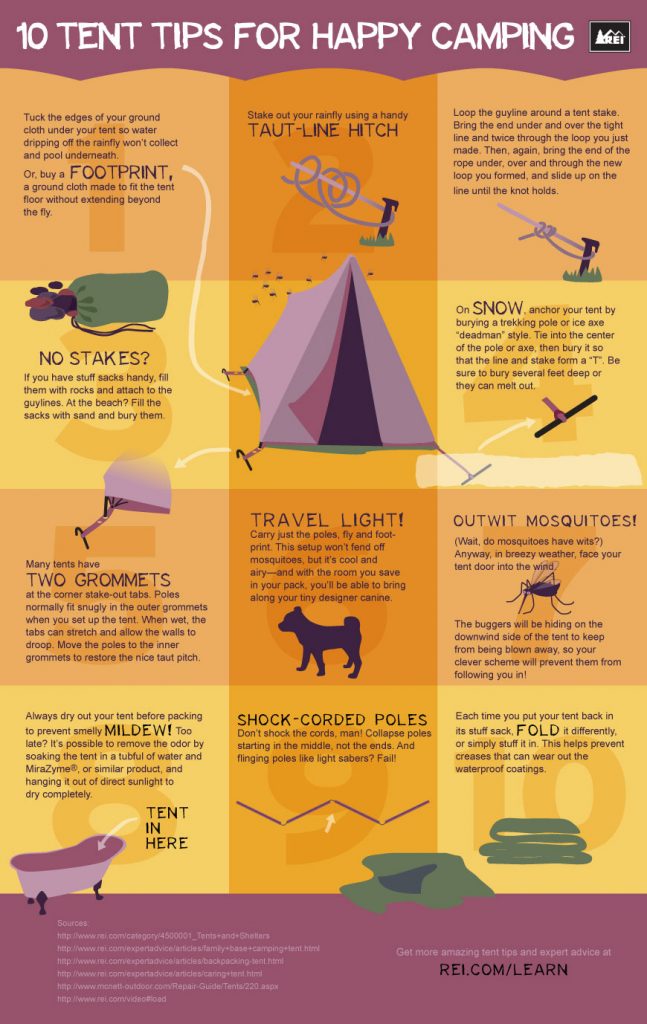Setting up your tent can be a daunting task for even seasoned campers. This overview will certainly cover the fundamentals of pitching an outdoor tents effectively and securely so you can appreciate your outdoor camping journey without stress and anxiety or concern.
How long does it take to put up a bell tent?
Begin by outlining your outdoor tents's impact and ground sheet to secure your outdoor tents floor from rocks, sticks, dirt, and other debris. Next, construct the outdoor tents posts and secure them to the edges of the camping tent body using the appropriate sleeve or hook.
Picking the Right Website
When you are tired after a long day hiking, you want to pitch your tent and get ready to rest. Yet you must first walk around the site to make sure it is safe for outdoor camping. Look down and approximately learn whether any type of trees have big dead branches that could fall on your tent. These are sometimes called widowmakers and you do not want them to go down on you while you're resting.
Additionally be sure to avoid reduced areas that might flood throughout a tornado and to camp far from animal trails, nests and habitats where ticks and chiggers are most likely to thrive. Try to find a level, rock-free place that is big sufficient for your outdoor tents and any other equipment you'll be bringing.
Some individuals like to establish their camping tents up so the head end is pointed toward the east to capture the sunlight's warming rays first thing in the morning. This isn't always necessary, yet it is a wonderful touch that can aid wake you up.
Pitching Tips
It may seem noticeable, yet appropriate camping tent pitching is just one of one of the most essential factors in a good night's rest. Having a practice run in your home will help you acquaint yourself with your tent, locate all the post sleeves and fasteners, and see to it whatever is in area. It's additionally a good time to practice making use of guylines for security and to uncover any type of broken items.
When you come to your camping site, check out the terrain to see if it's suitable for your outdoor tents. A great rule of thumb is to pitch the outdoor tents on a flat, level place with a minor downhill angle. This will permit rain to drain away from the outdoor tents instead of merging in front of it.
If you can not discover a level location, consider positioning a tarp or other groundsheet under your camping tent footprint to shield it from moisture. This can additionally aid keep dust out of the camping tent.
Using Guylines Properly
Utilizing individual lines effectively is vital to ensuring your outdoor tents or hammock stays secure in high winds and other negative weather conditions. A person line is a rope or cord that affixes to the ground through loopholes and D-rings in the structure, tarpaulin, or rainfly.
Start by safeguarding one end of the line to a guyout loophole on your tent or rainfall fly, or to the pole it's connected to. Then loophole the other end of the line over a risk placed faraway from the structure and tighten it.
Maintaining your sanctuary's man lines tight will protect against drooping or drooping during gusty conditions, protecting against moisture from permeating into the outdoor tents or damages to the structure and boosting comfort and safety and security during outdoor camping. Always inspect the stress of your man lines throughout and after unfavorable weather to guarantee they stay safe and secure. Additionally, take into consideration packing a person line tensioner to easily change and keep the proper quantity of stress in your lines.
Removing the Tent
When clearing up right into your campground, locate a spot with a flat location and clear it of rocks and debris. Likewise, make certain to lay down a tent impact or tarpaulin somewhat smaller sized than your tent body to avoid water pooling. This assists maintain your outdoor tents dry from rainfall or condensation and can be specifically valuable in windy areas.
Analyze your equipment, including the camping tent things sacks to make sure nothing is missing. Inspect that the posts match their clips and restock first-aid products if required.
When it's time to pitch your outdoor tents, begin by orienting the doors downwind, and stake down each corner of the camping tent. If the ground hangs or sandy, consider spreading a tarp lixury tent under your outdoor tents to protect it from wind and reduce the possibility of your outdoor tents tipping over. Likewise, make sure to make use of guylines properly to restrain your rainfly and keep it taut. A well-pitched camping tent can protect against leaking, condensation, and sun damage.
What are the 4 types of tents?
